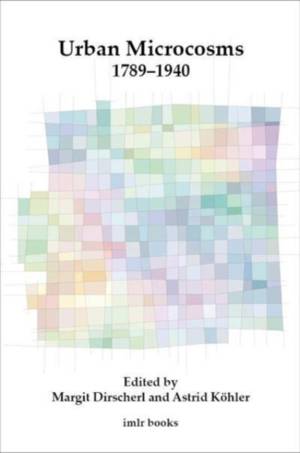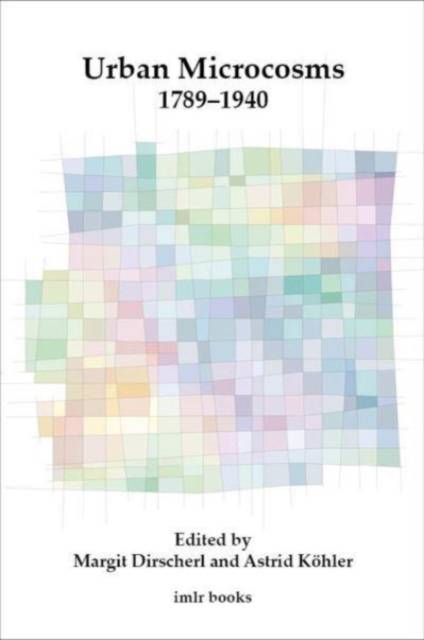
- Afhalen na 1 uur in een winkel met voorraad
- Gratis thuislevering in België vanaf € 30
- Ruim aanbod met 7 miljoen producten
- Afhalen na 1 uur in een winkel met voorraad
- Gratis thuislevering in België vanaf € 30
- Ruim aanbod met 7 miljoen producten
Urban Microcosms 1789-1940
Omschrijving
Urban microcosms are small-scale communal spaces that are integral to, or integrated into, city life. Some, such as railway stations or department stores, are typically located in city centres. Others, such as parks, are less quintessentially metropolitan, whilst harbours or beaches are often located on the peripheries of cities or outside them altogether. All are part of a network of nodes establishing connections in and beyond the city. Together, they shape and inflect the infrastructure of modern life. By introducing the concept of urban microcosm into social, cultural, and literary studies, this interdisciplinary volume challenges the widely held assumption that city life is evenly spread across its spaces. Sixteen case studies focus on selected urban microcosms from across Europe between 1789 and 1940, and examine the external appearance, representation, histories, and internal rules of these organizational structures and facilities. In so doing, they contribute to an understanding of modernity, and of the impact of the dynamics of urban life on human experience and intersubjectivity.
Margit Dirscherl is Lecturer in German at St Hugh's, University of Oxford. Astrid Köhler is Professor of German Literature and Comparative Cultural Studies at Queen Mary University of London.
Specificaties
Betrokkenen
- Uitgeverij:
Inhoud
- Aantal bladzijden:
- 320
- Taal:
- Engels
- Reeks:
Eigenschappen
- Productcode (EAN):
- 9780854572663
- Verschijningsdatum:
- 5/07/2019
- Uitvoering:
- Paperback
- Formaat:
- Trade paperback (VS)
- Afmetingen:
- 152 mm x 229 mm
- Gewicht:
- 580 g

Alleen bij Standaard Boekhandel
Beoordelingen
We publiceren alleen reviews die voldoen aan de voorwaarden voor reviews. Bekijk onze voorwaarden voor reviews.








